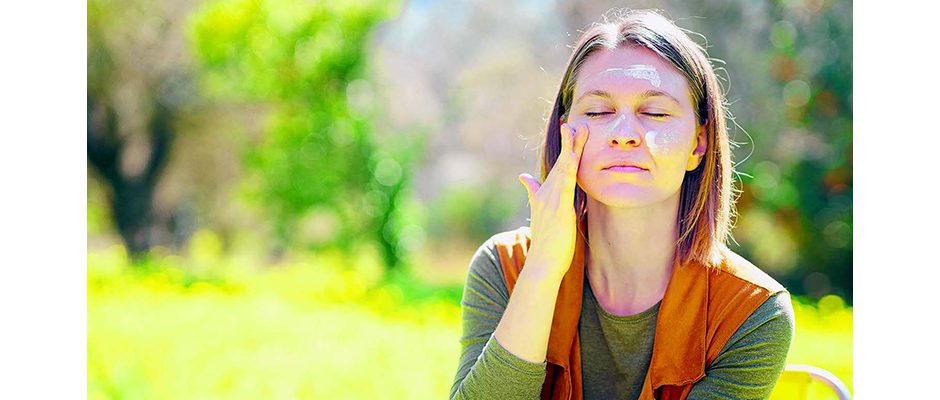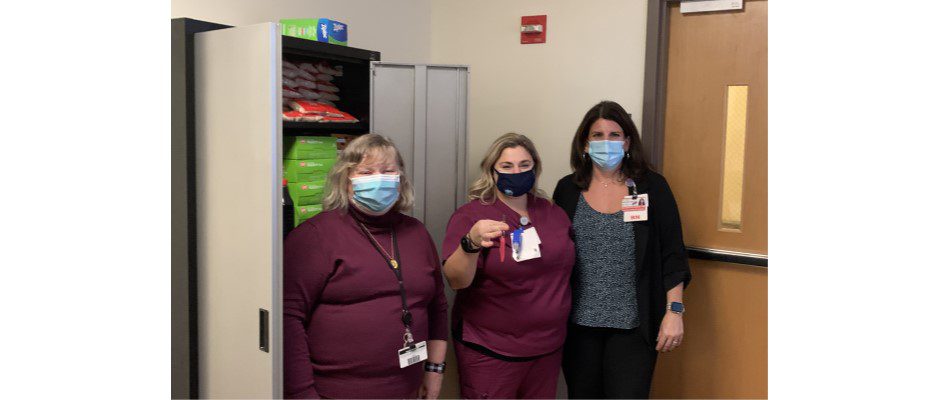
[This article was written by Anne Lawton, BSN, RN, NCTTP. Community Outreach Nurse, Cancer Care Center, St. Peter’s Health Partners]
May is Skin Cancer Awareness Month. Skin cancer is caused by long-term exposure to ultraviolet (UV) rays and the sun, and is common, especially as we age. The American Academy of Dermatology (AAD) estimates that 1 in 5 people will get a skin cancer in their lifetime.
Prevention of skin cancer throughout your life is crucial. Tanned skin is not healthy skin and it does not protect your skin from further damage from the sun. And tanning beds should be avoided because of the increased risk for skin cancer, including melanoma, the most serious form.
It is important to use a broad-spectrum (UVA and UVB), water-resistant sunscreen of SPF 30 or higher and apply it every 2 hours while in the sun. Wearing a hat, protective clothing and avoiding the sun during the midday hours is strongly recommended.
Risk factors include those with a fair complexion, red or blond hair, easily freckled, multiple sunburns as a child, and a personal or family history of skin cancer. Also at risk are those whose occupation puts them outside for long periods such as construction workers and mail carriers.
Doing a monthly self-check of your skin is one way to watch areas of concern. Signs of a potential skin cancer include changes in size, shape, or color of a mole; the appearance of a new growth on the skin; a patch of scaly skin; or a sore that does not heal.
If you find any worrisome areas, the AAD recommends you make an appointment with a board-certified dermatologist or with your primary care physician to be examined. Most skin cancers are very treatable, especially if found early.
Actinic Keratosis
Technically not cancerous, these are signs of sun damage and are treated with cryotherapy or creams. They can found on sun-exposed areas such as the face, hands, neck, and arms. They appear as dry, scaly patches or spots.
Basal Cell Carcinoma and Squamous Cell Carcinoma
These are the most common types of skin cancer. Basal cell appears as a flesh-colored or pearl-like bump. Squamous cell looks like a red firm bump, scaly patch, or sore that heals and then re-opens. They both develop after years of sun exposure and are commonly found on the head, face, neck and hands. Both types are treated surgically by a qualified dermatologist or plastic surgeon.
Melanoma
This the most serious form of skin cancer. It can develop in an existing mole, appear as a new mole, or as a dark spot on your skin. Worrisome moles are asymmetrical in shape, have irregular borders, contain multiple colors, are larger than a pencil eraser head, and have evolved or changed over time. Early diagnosis is crucial and a medical professional should examine any changes or new growths.
To learn more about skin cancer – and get some free sunscreen! – stop by the SPHP booth at the Troy Farmers Market on Saturday, June 11, from 9 a.m. to 2 p.m. or call our Cancer Care phone line at 518-525-1547. Enjoy the summer months and apply sunscreen whenever you are outside!





